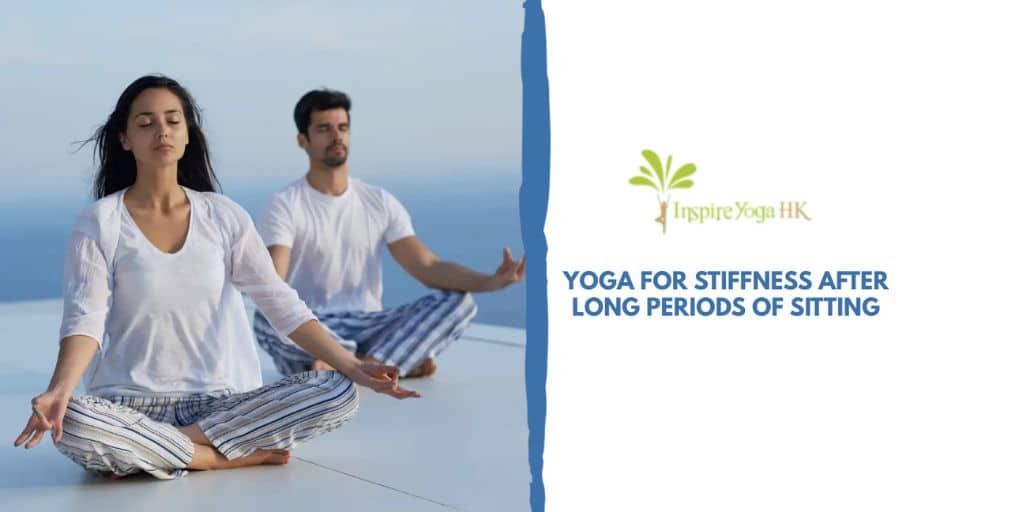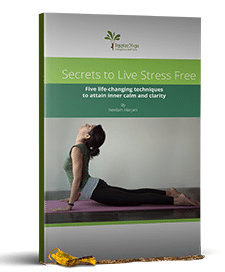Being sedentary for long hours and through repetitive movements muscles contract causing stiffness. This happens when the muscles of the back contract after being seated in front of our computers for the majority of each day, the stiffness pulls on the spinal column and causes stiffness around the shoulders, and a hollowing around the chest. With regard to the lower body, it creates tension around the lower back and stiffness around the hips. All this from just sitting! In this article, we learn about the importance of yoga for stiffness.
Movement is essential for the body and a range of movement is crucial, when we generally think exercise we think of repetitive movement, that is the same movement done over and over again, this causes immense stiffness in the body as a few muscles are involved in the movement, bearing weight and contracting as they strengthen they also tighten causing them to pull on the structure of the body. Often runners, bikers, and hikers seek our professional help because the repetitive movement of one stride after the other causes the hamstrings and glutes to tighten up, there’s no denying that these activities are great for cardiovascular health and fitness, but it also certainly causes stiffness which generally is felt as tension around the lower back, hips, and knees.
Yoga helps release stiffness by exploring the range of motion, there are over 27,000 yoga postures so you can rest assured that you will not be engaging in repetitive movements and instead, a wide range of muscles will be involved throughout the practice. Secondly, an equal emphasis is given to stretching as it is to strengthening, this means that you don’t leave the muscles in a contracted state after engaging and strengthening the muscles adequate time is spent on lengthening that same muscle and stretching it out, this gives a toning effect and does not compromise flexibility for strength, both are given equal importance. Why strengthen at all? Stiffness can also be a result of weakness, bringing strength to intrinsic muscles creates a greater integrity in the body’s basic functioning, with many clients we have seen working individually with them to develop their overall strength has eradicated a lot of the niggling aches and pains they used to suffer from.
It is imperative that the muscles are engaged so that they are firing away and that the joints are protected especially in weight-bearing poses, if the biceps and triceps aren’t engaged properly in a plank pose the elbows and wrists become vulnerable to injury. Once the muscle is warmed up and properly engaged it is prime for stretching, you can achieve much deeper and more controlled stretching after a good warm-up, static stretching poses the risk of tearing muscles, think of an iron rod- you can bend it when it’s warmed up otherwise the same force applied on a cold rod would break it, the muscles behave very similar to this which is why stability and agility are important ingredients to release stiffness.
Lastly, deep breathing is a key ingredient to a well-rounded yoga practice. Many people don’t know how to breathe correctly, this drains the body of vital energy and increases the stiffness experienced physically. Shallow and fast breathing, especially through the mouth is very inefficient, the shoulders, neck, and jaw get tight and it causes poor sleep quality, heart rate to be elevated, and blood pressure to rise. Yogic breathing teaches deep abdominal breathing which provides maximum oxygenation to the entire system, this helps to relax the muscles and flush out lactic acid post-work which contributes to soreness and stiffness after exercise. Allowing calming breathing techniques releases stress from the mind and relaxes muscles that are chronically engaged bringing a better balance in posture and efficacy to the energy available from each restful breath.
Read Related Article – Top 3 Yoga Poses for Lower Back Pain

